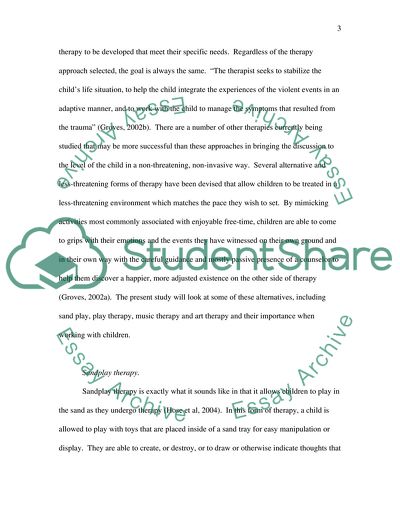Cite this document
(Best Therapy for Young Children Coursework Example | Topics and Well Written Essays - 2000 words, n.d.)
Best Therapy for Young Children Coursework Example | Topics and Well Written Essays - 2000 words. Retrieved from https://studentshare.org/social-science/1562042-critically-evaluate-the-role-of-creative-therapies-in-work-with-children
Best Therapy for Young Children Coursework Example | Topics and Well Written Essays - 2000 words. Retrieved from https://studentshare.org/social-science/1562042-critically-evaluate-the-role-of-creative-therapies-in-work-with-children
(Best Therapy for Young Children Coursework Example | Topics and Well Written Essays - 2000 Words)
Best Therapy for Young Children Coursework Example | Topics and Well Written Essays - 2000 Words. https://studentshare.org/social-science/1562042-critically-evaluate-the-role-of-creative-therapies-in-work-with-children.
Best Therapy for Young Children Coursework Example | Topics and Well Written Essays - 2000 Words. https://studentshare.org/social-science/1562042-critically-evaluate-the-role-of-creative-therapies-in-work-with-children.
“Best Therapy for Young Children Coursework Example | Topics and Well Written Essays - 2000 Words”. https://studentshare.org/social-science/1562042-critically-evaluate-the-role-of-creative-therapies-in-work-with-children.


